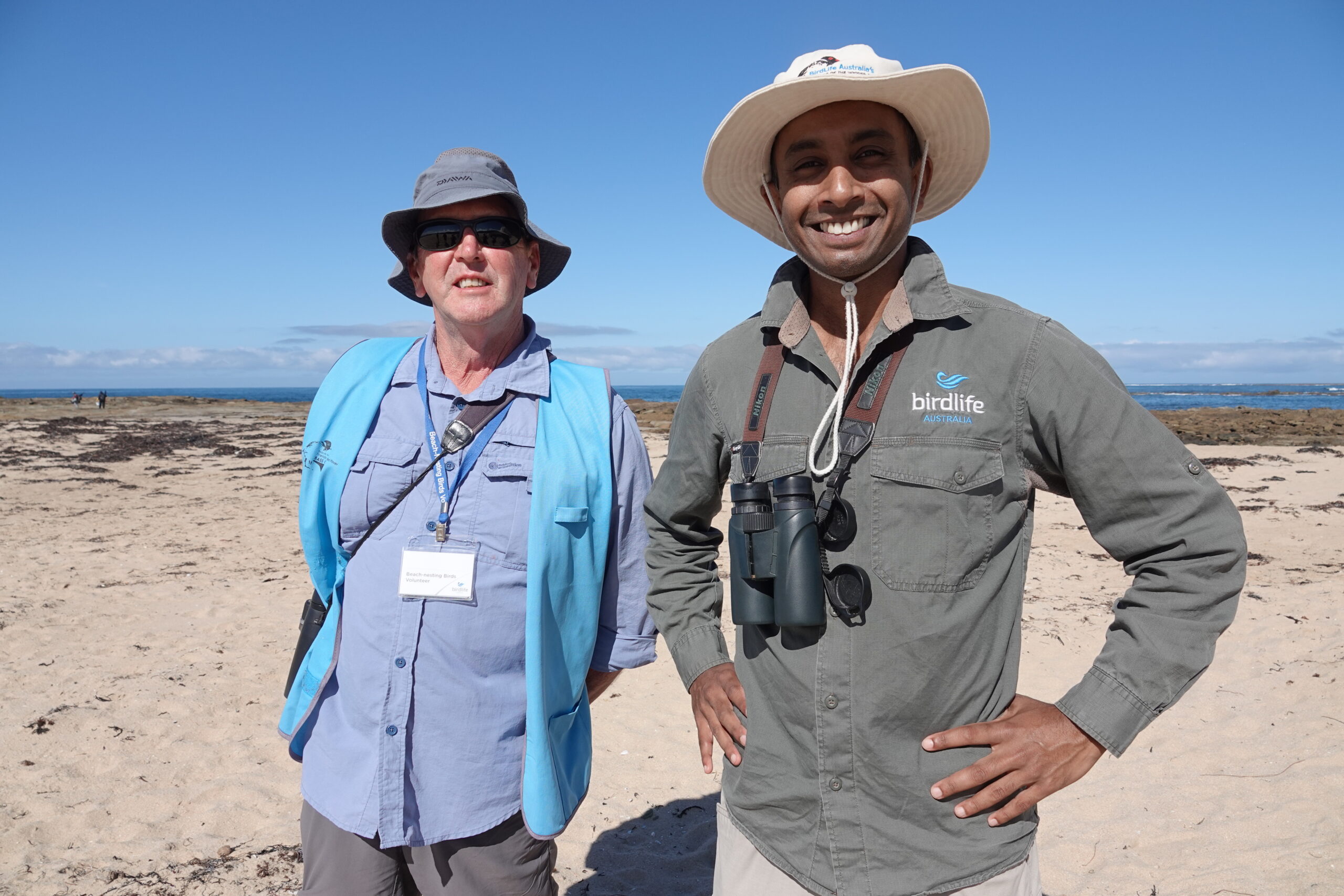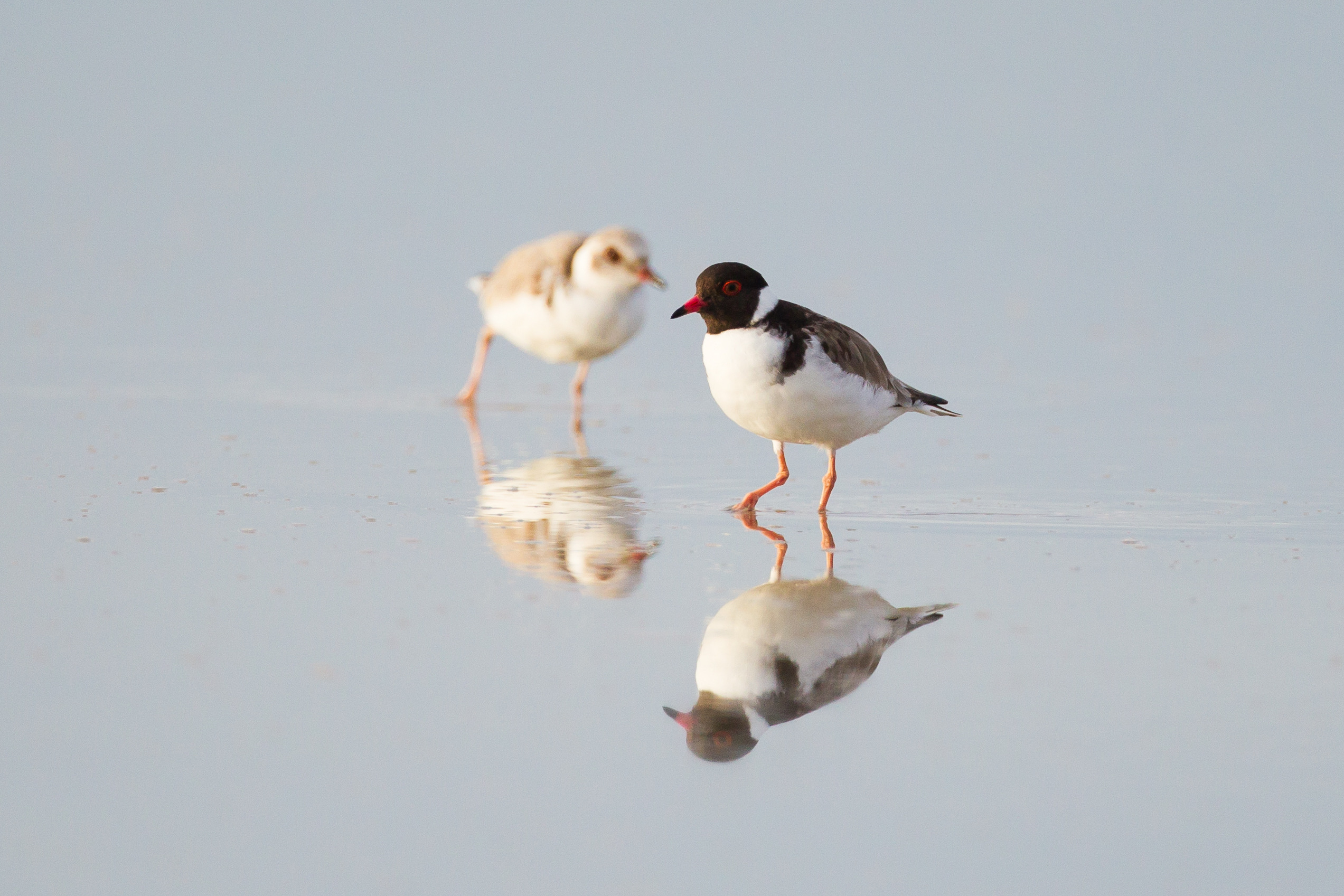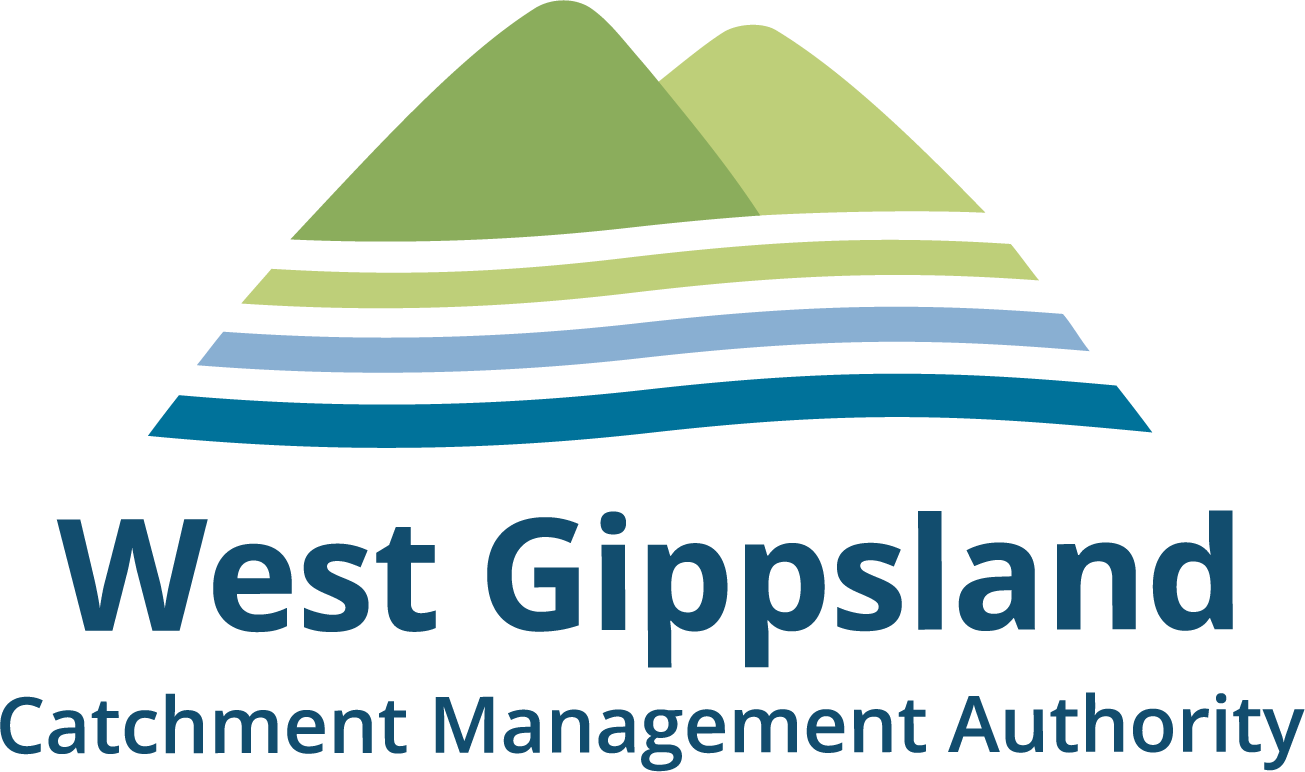Towards zero extinctions: Protecting Eastern Hooded Plovers
We’re partnering to protect these vulnerable beach nesting birds that rely on West Gippsland’s coastline to survive. Eastern Hooded Plovers – affectionately known as “Hoodies” – are tiny shorebirds that nest along the Victorian coastline where the adults, their eggs and chicks are highly vulnerable to disturbance by humans, coastal weeds, rough weather, off-lead dogs and their number one predator -foxes.
About the project
Toward Zero Extinctions: Protecting the Eastern Hooded Plover is a four-year project aimed at saving this threatened species from extinction.
The project focuses on the the coastline between San Remo and Sandy Point in South Gippsland, that is home to the second largest population of Hoodies in Victoria.
It involves:
- protecting nests during breeding season
- controlling foxes and other introduced pests
- engaging the community about the plight of the plovers – and how they can help their survival.
The $1.5M project is funded by the Australian Government Natural Heritage Trust and delivered by West Gippsland CMA, a member of the Commonwealth Regional Delivery Partners panel.
Project partners
- Birdlife Australia
- Bunurong Land Council Aboriginal Corporation
- Bass Coast Landcare Network
- South Gippsland Landcare Network
- Parks Victoria
Latest news

Saving a species from extinction
Every day over summer David Hartney goes for a walk along the beach at Cape Paterson. He takes his time, observing the changes in the dunes, the telltale tracks of wildlife, the rise and swell of the tide.

Podcast #76: Hope for Hoodies
In this episode of Gippslandscapes we chat with Hooded Plover guru Kasun Ekanayake from BirdLife Australia about the plight of the plover and how devoted volunteers like David Hartney are helping to save the species from extinction.

Partnership to save plovers from extinction
A new project aimed at saving one of our region’s much-loved native birds from extinction.



